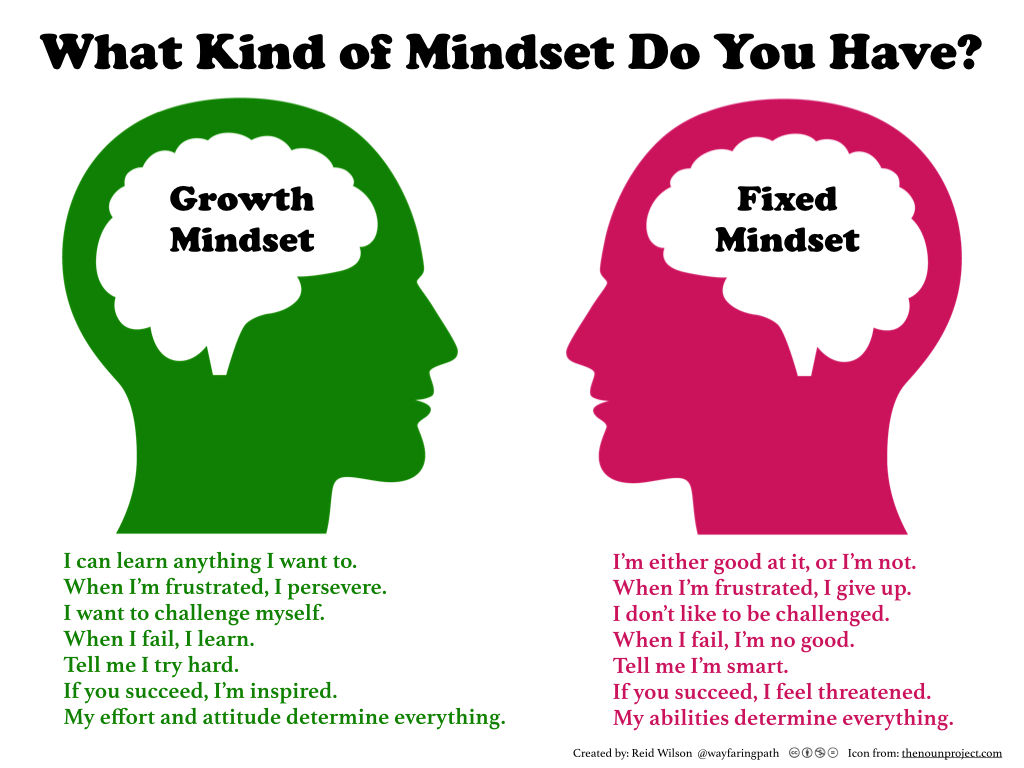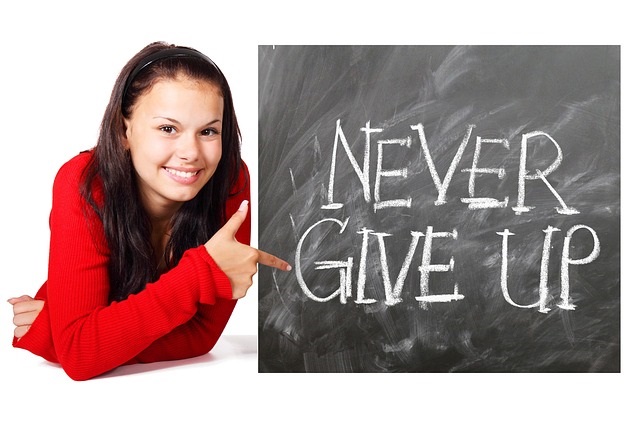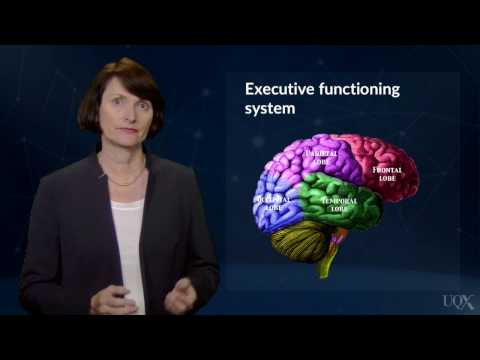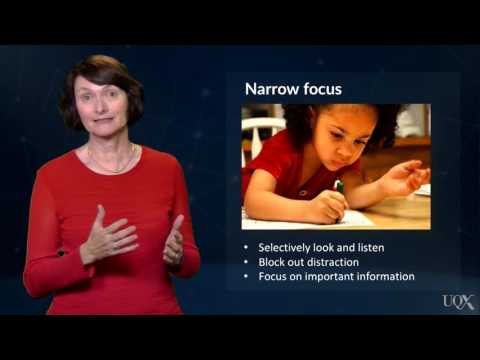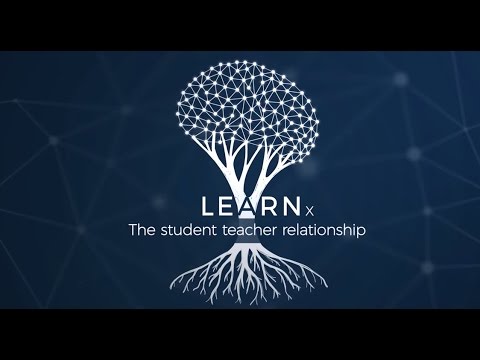Learning Objectives
learner motivation. With this in mind, we might ask these four questions
- How do we know if a learner is motivated?
- What kinds of factors motivate learners?
- How can we increase and sustain learner motivation?
- How is learning effected by a lack of motivation?
1. Linking learner motivation to deeper engagement
- Emotional competence
- Interest and curiosity
- Fun and challenge
- Affective and physical safety
-
Motivation for deep learning is social.
-
Motivation for deep learning is emotional, and it encompasses the self in the context of peers, classrooms, schools, homes and communities.
engagement draws on behavioral, social, emotional and cognitive dimensions, engagement in one dimension relates to the level of engagement in another. It’s also important to note that one can be motivated, but not necessarily engaged in a learning episode. Andrew Martin’s Motivation and Engagement Wheel graphically represents the distinction between 11 cognitive and behavioral factors represented as adaptive motivation; adaptive engagement; maladaptive motivation; and maladaptive engagement.
-
Emotions impact a range of cognitive capacities, including attention, memory, problem-solving, decision making, information processing, thinking, and engagement. They affect interest, motivation, and social interactions.
-
Emotions and deep engagement in learning are highly intertwined.
value and relevance for the learner, there is increased interest, which moves the learning experience into the optimal performance zone for the individual, leading to deep engagement. When enjoyment and interest are combined, the overall effect is one of fun or pleasure, and this is an essential component of creative problem-solving and deep engagement.
Interest is essential to initiate and direct attention and exploration, and is fundamental to motivation. Interest is what predicts a learner’s decision to remain engaged in the task or activity. The experience of the positive affect associated with fun and pleasure enhances an individual’s capacity to broaden their perspective, explore possibilities and take creative risks. All are essential for deep learning!
2. Intrinsic and Extrinsic Motivation
Dr. Julie Bower from the School of Education at The University of Queensland explores some of these questions. Taking from the theories (Ryan & Deci, 2000) of human motivation, human development and wellness, Julie explores self-determination theory (Deci & Ryan, 2008) in relation to autonomous motivation and controlled motivation.
- intrinsic, coming from within, and
- extrinsic, originating from something external.
- The key factor here is whether extrinsic motivation is used as a method of control, or if the individual gains satisfaction from the extrinsic reward. That is, is the motivation autonomous or imposed? The baby may be internally motivated to walk in order to say reach a toy, but walking is not imposed on him as a means of control.
Self-Determination
Deci and Ryan’s self-determination theory (2008). Based on theories (Ryan & Deci, 2000) of human motivation, human development and wellness, self-determination theory addresses the distinction between autonomous motivation and controlled motivation, as predictors of performance and outcomes. It’s important to note that both types of motivation direct and empower thought, but in very different ways and leading to very different outcomes.
Autonomous motivation involves both intrinsic motivation and some forms of extrinsic motivation that are integrated into ‘one’s sense of self’. Deci and Ryan described autonomously motivated learners as those who value and experience self-endorsement of their actions.
Control motivation on the other hand, consists of the external regulation of one’s behavior, resulting in the need for approval, avoidance of shame or punishment, or self-esteem contingent on the controlling factor.
Self-determination theory proposes three fundamental needs which must be met for motivation to occur.
- The need for autonomy,
- The need for competence, and
- The need for relatedness.
- A fixed mindset suggests that intelligence and ability is static and nothing can change what is biologically predetermined.
- A growthmindset supports intelligence and ability as dynamic and ever-changing.
Growth mindset
Fixed mindset
self-regulating, strategic and metacognitive than students who do not.
Resources on Growth Mindset
Mindset Kit website https://www.mindsetkit.org/– and find a wealth of information and resources, including, lesson plans, videos, downloadable resources, and an actual “course” of information to teach you about growth mindset so you can use what you have learned with your students.
Mindsetworks.com to learn more, including the research supporting growth mindset , teacher practices, case studies and more.
Failure is Learning in Disguise by Reid Wilson
What Kind of Mindset Do You Have? by Reid Wilson
Take the Mindset Assessment http://blog.mindsetworks.com/what-s-my-mindset
Watch TED talk with Carol Dweck on “The power of believing that you can improve” (10:20 minutes)
Watch TEDxStandford, with Jo Boaler ” How you can be good at math, and other surprising facts about learning.” (12:57 minutes)
3. Self-regulation
Professor Annemaree Carroll, from The University of Queensland, explores what self-regulation is and how this changes as a learner matures.
Click here watch this video lecture. (10:07 minutes)
changes are most prominent in the brain’s frontal lobes which have long been associated with executive function. The executive functioning system is the control system of the brain that is responsible for regulating behavior and directing and controlling thinking activity to enable effective problem solving in both learning and social contexts.
depend on three types of brain function which are highly interrelated and which draws on elements of the other:
- Working memory
- Mental flexibility
- Self-control
Working memory – we can think of this as the engine of the attention control system. It controls our ability to retain and work with pieces of information over a short amount of time. If a learner has poor working memory function the learner will have difficulty sustaining attention, will be susceptible to distraction; and will have difficulty performing other executive functions. These skills are crucial for learning and development and successfully negotiating social and educational contexts. They provide the link between early school achievement and social, emotional, and moral development. When remaining focused is not important to the task at hand, the executive functioning system goes into standby mode.
Mental flexibility is another brain function which determines our ability to sustain or shift our attention to different demands, and Self-control is the ability to set priorities, resist impulsive responses and monitor and correct performance.
“scaffolding” of these skills is essential to healthy development.
- Establish routines
- Model appropriate social behavior
- Demonstrate supportive and reliable relationships
We know that self-regulated learners display several features in their work.
- They develop their own goals and choose learning strategies to meet these goals.
- They employ techniques to monitor and evaluate their progress, and modify their learning when necessary.
- They have the ability to self-regulate their behavior, thoughts and emotions, which leads to sustained focus and attention. This includes being able to slow or impede behavior, thoughts, and emotions which do not contribute to learning.
We know that motivation is a key sustainer of self-regulated learning. And with maturity comes a greater ability to self-regulate.
External rewards are not a feature of the Montessori approach. Instead, children in Montessori classrooms are intrinsically motivated to learn through the completion of the activities, feeling a sense of pride, ownership, and accomplishment.
metacognitive processes and the coordination of cognitive strategies, including planning and monitoring. The outer level relates to regulation of the self, including the ability to choose current and future activities and to remain motivated when competing influences intervene. Boekaert suggests that successful self-regulation is dependent on competency in these three levels.
-
The ability to be a self-regulated, independent, and flexible learner in today’s fast-paced, globalized, and knowledge-based world is essential.
Teachers can assist students to set realistic yet challenging goals
.
- Encourage students to be cognizant of their own behavior by observing and recording themselves for reflection.
- Provide a range of instructions that students can give to themselves during the learning process.
- Model how to evaluate achievement and modify strategies and goals if necessary.
- Teachers should also provide frequent opportunities for students to practice self-regulating strategies and solve interpersonal problems.
- It’s also important for teachers to improve their students’ attentional readiness through techniques such as breathing and mindfulness.
4. Attention Regulation
Click here to watch video lecture (10:48 minutes)
Practical strategies teachers can use to develop attention leading to motivation for deep learning in the classroom:
How can teachers assist students when they display, low motivation for effortful work?
scaffolding of the use of helpful thinking, by raising awareness of their own thoughts and helping them to understand that their thoughts have a critical impact on their performance, feelings, learning and social behaviors.
reframe these unhelpful motivational states by helping students to develop productive ways of thinking through positive self-beliefs, and looking for the importance, value and possible interest in the learning task.
Set children up for success by providing tasks of ‘medium effort’. ‘Big effort’ tasks are overwhelming and invite unhelpful thinking, off-task behavior, or work avoidance.
‘medium effort’ than to give one ‘big effort’ task in supporting best efforts, persistence, and helpful thinking.
Teachers can prompt for attention and focused listening prior to giving an instruction and be aware of background noise and distractions.
settling of physical activity is considered a defining feature of attention and reflective learning. Prompting children to check their physical activity and brain energy prepares them for listening.
instructions in both verbal and visual formats where possible to help children retain key details. Images; graphs and charts; mind maps; visual schedules; step planners; infographics; and visual reference keys are all excellent models.
cooperative liaison between home and school is particularly important to children’s learning of organizational skills and strategies. Daily organizational systems can be shared with parents. These might include organizing school bags with specific pockets for lunch, permission slips and library book; organizing schoolwork with color-coded books; or organizing desk and work area.
step planners helps children develop a metacognitive perspective. Step planners outline all the steps involved in a task, reinforce verbal instructions, and reduce working memory demands. Step planners could be completed on the classroom whiteboard or a small whiteboard on a child’s desk, with an arrow or number to indicate each step.
5. The student-teacher relationship
Click here to watch video lecture. (8:20 minutes)
“I’ve come to the frightening conclusion that I am the decisive element in the classroom. It’s my personal approach that creates the climate. It’s my daily mood that makes the weather…I possess a tremendous power to make a child’s life miserable or joyous. I can be a tool of torture or an instrument of inspiration. I can humiliate or humor, hurt or heal. In all situations, it is my response that decides whether a crisis will be escalated or de-escalated and a child humanized or dehumanized”.
The student – teacher relationship is profoundly important in how students learn.
Cooperative group learning and peer mentoring have been linked to positive social and academic outcomes, relative to individual or competitive tasks. Social emotions such as empathy, admiration, love, and compassion meet our basic human need to belong. So providing opportunities for students to work together, and for teachers to work together, can have important positive outcomes in schools.
Mindful Practice for Teachers program was developed with teachers for teachers. It provides an opportunity for teachers to work together on their own well-being and experience social emotions such as empathy. This program combines relaxation skills, self-awareness, mindful movement, and background knowledge about the effects of stress on the body and brain to assist teachers to self-regulate their emotions in the classroom. Teachers have found some really positive impacts on their daily teaching practice and their relationships with their students.
- Firstly, we must look after our teachers. Teachers need opportunities to plan together, to debrief, to make professional decisions, and to learn about emotions. Teachers need to be aware of the enduring effects that their own presence, empathy, and emotional states have on their students.
- Secondly, we then need to create relaxed and respectful classrooms where students and teachers can engage meaningfully with each other for deep learning.
- Thirdly, we must find the balance between helping students to find their strengths and challenging them to broaden their minds and build the capacity to think creatively about new and exciting concepts.
Activities that promote interest, challenge thinking, and provide opportunities for success for all students, whether individually or collaboratively, are more emotionally engaging longer term.
explicitly teach social and emotional skills for working together (for example managing emotions, mindfulness, social problem solving, being a good communicator, naming emotions, understanding how emotions and the brain work, finding personal strengths); we can provide opportunities for students to work meaningfully together towards self-set goals; periodically we can check in and see if the presentation can be made more creative or enjoyable, we can smile; we can provide a sense of predictability in the classroom to heighten students’ perception of control; we can clearly communicate expectations and performance demands; we can create a learner-centered classroom where learning is separate from testing; we can encourage students to become intrinsically motivated and self-regulated learners; and we can provide a degree of student choice in authentic learning tasks.
If we focus on building positive teacher-student relationships using these strategies, perhaps we will become that one amazing teacher that someone conjures up and remembers when reflecting back on what they have learned at school.
6. Alternative learning environments to motivate students
- Walking Neighborhoods
- PLACED-based learning and pedagogy
- NH Example: The Wediko Experience
Click here to watch video lecture. (4:23 minutes)
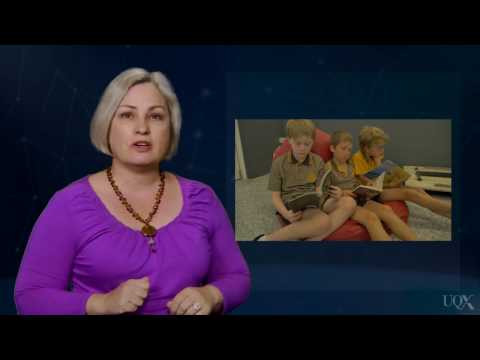
granite.pressbooks.pub/teachingdiverselearners/?p=233
One factor that should be given consideration is inspiring students through working in alternative learning environments.
Walking Neighborhood project encourages:
- Learner motivation
- Group collaboration
- Trust
- Community integration
- Empathy
- Alternative learning spaces
- Student voice
- Student choice
- Student agency
Universal Design for Learning.
PLACED-based learning and pedagogy
Click here to watch video lecture (8:13 minutes)
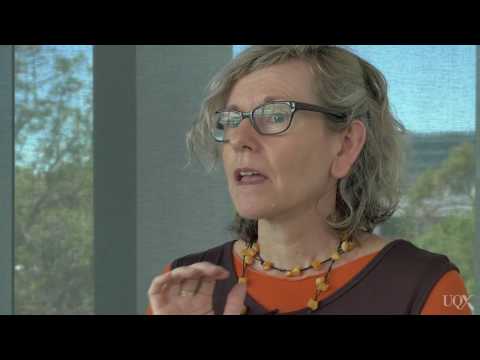
granite.pressbooks.pub/teachingdiverselearners/?p=233
New Hampshire Example of Alternative Learning Environments
The Wediko Experience
youtu.be/LVv8t24fpGo
youtu.be/LVv8t24fpGo
Berkeley’s Farm and Garden Based Learning Program
youtu.be/zfJbCwNbECo
youtu.be/zfJbCwNbECo (9:28 minutes)
References
elearninginfographics.com/in...tion-students/
youtu.be/kQlIv8NU_TY

